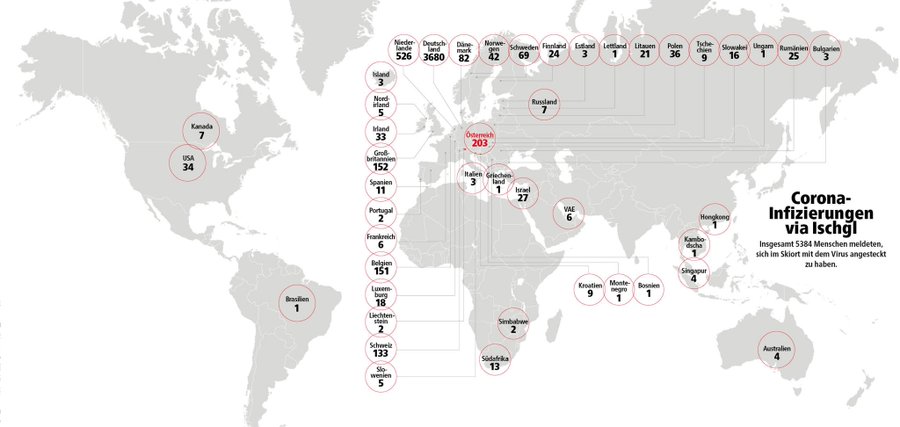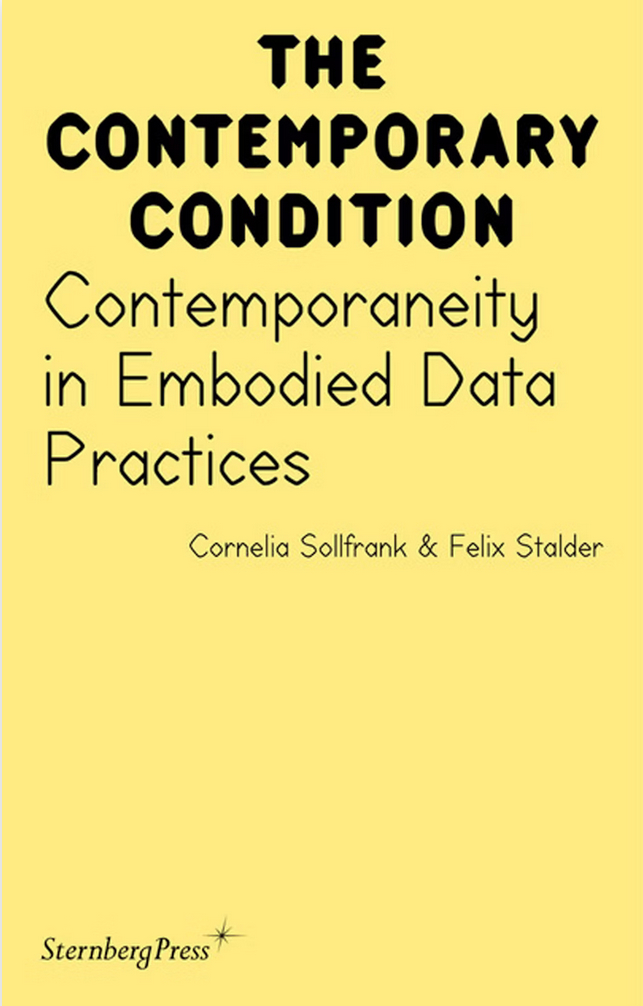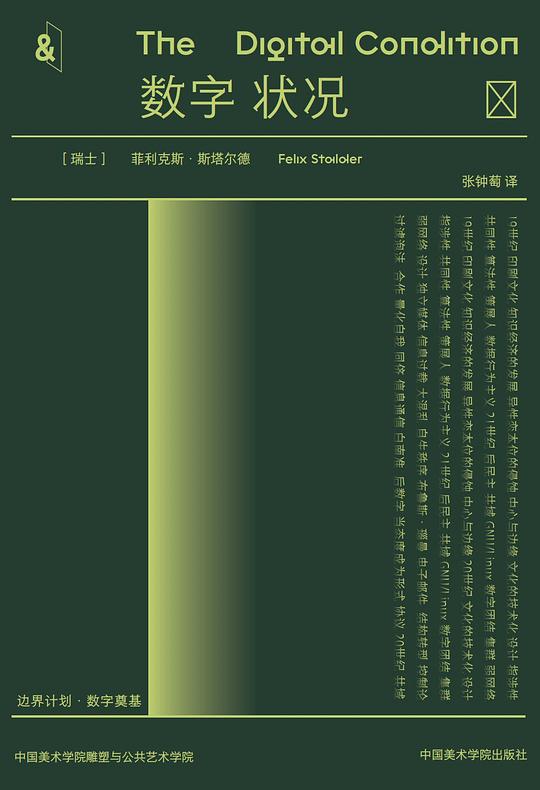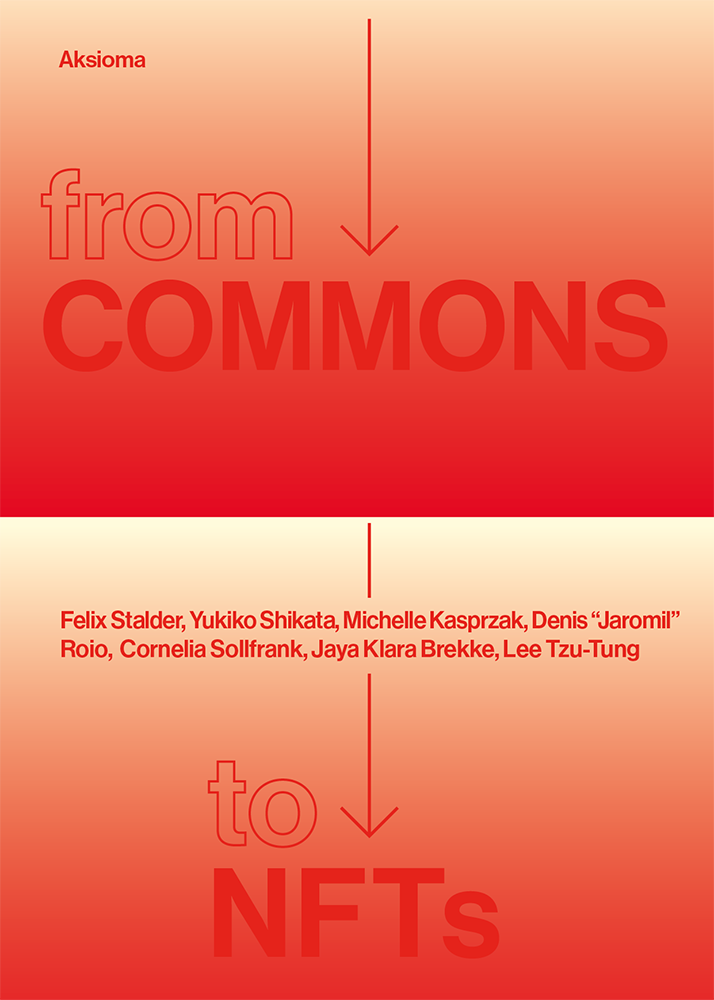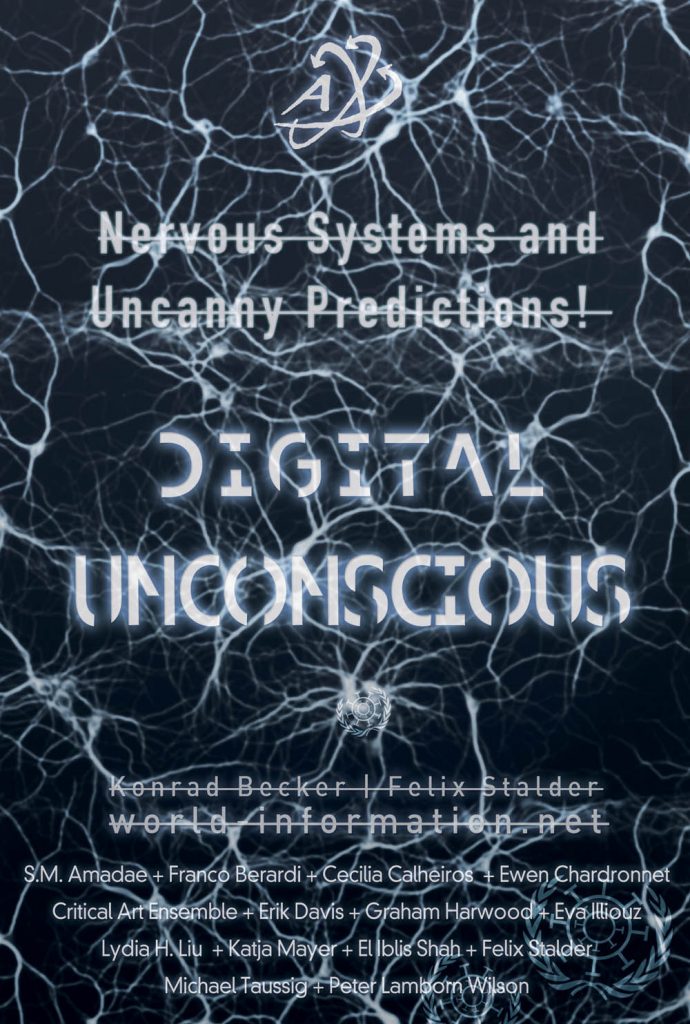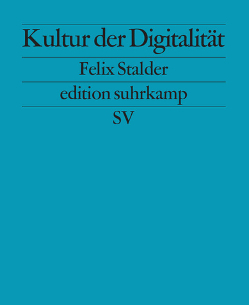
I really think anyone who makes predictions now is a fool.
It's a little bit like trying to predict the future of foreign policy in October 2001.
Evgeny Morozov, interviewed by Holly Herndon & Matt Dryhurst, May 11, 2020.
The Covid-19 pandemic is both an urban and technological phenomenon. 95% of all diseases have so far been registered in cities. From the starting point in Wuhan, via the metropolitan region of Lombardy, Paris, Madrid, New York, Rio de Janeiro to Moscow, the virus spreads mainly within large cities. This is hardly surprising, since not only does the higher density favor the local spread of the virus from person to person, but the virus also arrives first in the large cities. They are the central nodes of the hypermobility of people and goods that characterizes the neoliberal phase of globalization. From this perspective, tourist hotspots like Ischgl are temporary cities in the mountains. Whether the hypermobility, which has been largely brought to a standstill at the moment, will be fully revived is not yet clear. That the global trend towards urbanization will be broken is very unlikely. So much can be confidently predicted.
Map of all the 5384 people whose Covid-19 infection could be traced back to the ski resort of Ischgl, Austria. (Source)
At the same time, the reactions to the pandemic have led to an enormous acceleration of existing digitization dynamics. Since March, everyday life has been lived, as far as possible, at a physical distance from one another. While public space outside the private home is considered threatening, the private space, extended by the digital one, offers, despite all unavoidable restrictions and avoidable shortcomings, a quite comprehensive infrastructure for work and leisure time. Access to, and competence in, digital networks is more than ever a basic prerequisite for participating in social life. A basic requirement that is by no means a universal one. Even in a rich country like Austria, only 71% of all households had a proper broadband connection in 2019, without which data-intensive work (such as video conferencing) quickly reaches its limits, not to mention the often limited spatial conditions that make extended living and working in the home torture. The shift from social to private space thus deepens social inequalities even further.
But digital infrastructures have also been massively strengthened in the background. Amazon was able to further expand its market power and is in the process of establishing itself as a critical part of basic services. The consequences for regional value chains, stationary trade, and inner-city areas are not yet foreseeable. Social media have penetrated even deeper into everyday life, and the idea of getting out of them individually is more illusory than ever. The high level of discipline with which the call to distance oneself was met can probably also be traced back to the fact that the digital infrastructures and the services associated with them functioned largely smoothly. Not least because the high performance and personal risk of the workers in these sectors have so far only been rewarded with friendly clapping. Here a further social division is deepening between those who receive and those who have to deliver. Besides, the big technology companies see the crisis as an opportunity to offer their services to the public sector to "increase efficiency". Palantir, a highly controversial for its proximity to US intelligence services, is currently knocking on the doors of European governments to offer its data analysis services to the healthcare system.
But society's self-perception has also become more "digitized". The survey in the street, which presents society as a collection of individualized, contextless subjects, has disappeared from the media. This image has been replaced by the "curve" that needs to be kept flat, whose data basis and statistical accuracy became a central element of political decision-making and debate about its legitimacy. Here too, it is unclear how much of the status quo ante will return. Certainly not all of it.
It is therefore worth taking a close look at the interface between urban space and technological infrastructures. The technopolitical dynamics of pandemic control can be seen as a kind of laboratory for the Smart City. This is where new prototypes and patterns of action are created. Both dominant and opposing dynamics emerge more clearly than elsewhere, and from their interplay, the contours of the changing political field can be deduced.
Black Mirror, everywhere
Long before the outbreak of the pandemic, the most complete possible coverage of urban space by sensors, cameras, and other forms of real-time monitoring was a central part of every smart city strategy. While the public is promised an increase in the efficiency of urban services and the strengthening of individual autonomy, commercial and security policy interests have always been the main focus of the central actors. Technology companies see the smart city primarily as an enormous market for their hardware and long-term, quasi-monopolistic services of maintenance and operation. An additional incentive is provided by the huge amounts of data generated in the process, which form the exclusive basis for further services. Since the 1990s, security authorities have reacted to every terrorist attack in Europe by expanding electronic surveillance of (public) space, first with analog and then digital video cameras and, in recent years, by merging different data sources and using algorithms to evaluate them.
Of course, these approaches do not disappear with the pandemic, but the new requirements open up new business areas and the insecurity of people weakens resistance to surveillance measures. This brings us a dangerous step closer to some of the surveillance dystopias described in the "Black Mirror" series. Currently, an additional data point is in the focus of interest: body temperature. This can be measured by special surveillance cameras from a distance, or with "smart" watches and bracelets directly on the wrist. The latter has long been done voluntarily, guided by the promise to optimize one's own body. In the course of the fight against the pandemic, the direction of exploitation of this data is now being reversed. Instead of optimizing one's own body, it is now used as an identification towards others. In the apps of some delivery services in China and India, for example, customers can read the body temperature of the delivery staff who bring goods to their homes in real-time. In Europe, the monitoring possibilities are (still) limited to the position of the delivery person.
On Eleme (food delivery app in China), you can see the body temperature of your delivery person ???????? pic.twitter.com/yrzySTVXpU
— dennis ???? (@zhaomein) March 29, 2020
But there are also ideas in Europe for the introduction of a "health passport", through which people can certify their physical safety to others at any time, in order to escape the restrictions on movement and the associated social and economic consequences. It is still largely unclear on what data this would be based on and how the passport is to be queried. Simple antibody measurements will not help the vast majority of people with the currently still low infection rate and, in the worst case, they will lead to "corona parties" at which people deliberately infect themselves so that the immune system can begin to produce the sought-after antibodies. The consequence would be a kind of forced "herd immunity" for all those who cannot afford physical distancing.
But this is all still hypothetical. A concrete, but no less dystopian model is again provided by China. Apps such as "Alipay", which have already been installed millions of times, were simply expanded and now include a "Health Code" that is scanned at every control and whose three colors define the freedom of movement: Red means a compulsion to self-isolation, yellow allows severely restricted mobility and green indicates harmlessness. The app is a prerequisite for being able to move in public space. It remains largely unclear where the data comes from, where it flows to, and on what basis it is classified.
But also in Europe, especially in Austria, decisions about the possibilities of moving around in public space and participating in physical social life are made based on non-transparent data. These restrictions are not yet personalized, but the data and models on which the decisions are based are not published either. Especially scientists who want to research and model with these data and data journalists who do not want to simply take over the narrative of the government are complaining about this more and more.
All in all, a first conclusion already seems possible, two trends that are characteristic for the Smart City are accelerating. On the one hand, a technocratic-authoritarian approach that replaces democratic debate with constraints and the supposed "best solution", and on the other hand a definition of public space as a dangerous space that must be redesigned as far as possible in such a way that, to optimize economic value creation, all other uses are excluded as far as possible as "uncertainty factors".
There are other ways!
However, the general fixation on "the curve" and the measures to be derived from it also opens up new perspectives. For it no longer shows society as a spontaneous order guided by the invisible hand of the market, but as a readable system whose dynamics can be influenced in many places, and - despite all the transparency - a broad public discussion about the advantages and disadvantages of certain interventions is taking place, and substantial contributions from civil society are also flowing in. Nowhere is this more evident than with the problem of the technical upgrade of contact tracing.
Contact tracing is a proven tool in disease control. Up to now, it has been done in such a way that a sick person was personally interviewed to name all direct contacts made in the relevant period. These were then notified by telephone by the responsible health authorities and sent either in self-isolation or for testing. This method has the advantage that it is very context-sensitive, but the disadvantage that it is not only very labor-intensive but also quite unreliable. Not only is the memory always patchy, but not all epidemiologically relevant contacts are perceived at all. Who knows who was sitting at the next table in a restaurant?
This process is now to be technically supported. The first reflex is to simply expand and realign the existing surveillance infrastructure. The dominant commercial and security policy models suggest this. But it does not have to be that way. After some initial confusion, a consensus is emerging in Europe that it is not simply a matter of using existing systems, but that a very specific approach, known as "Decentralized Privacy-Preserving Proximity Tracing" (DP3T), needs to be developed. This only records the contact, operationalized as proximity between two telephones, not the identity of the persons, not the place and not the exact time. However, the contact list created in this way only becomes readable in the case of an identified disease. Now the contacts can be notified, but only informed about the fact and the approximate time of the contact, without further details. Most of this is done decentrally on the mobile device. The affected persons are only asked to contact the responsible health office (instead of waiting until they are possibly contacted by this office). The app does nothing more. According to contact tracing based on this decentralized standard, this is not a technology of surveillance, but one of civil cooperation. It is not better than manual contact tracking, but it is different, both in its strengths and weaknesses, and thus only makes complementary sense. It is not a technological miracle solution, but an element in a comprehensive public health strategy.
How well the automatic contact tracking works from a technical point of view is currently the subject of controversial discussion, as is how many people need to use such an app to achieve a relevant improvement in contact tracking. It is also still unclear whether and which legal foundations must be created to prevent abuse and coercion. All these discussions are confusing and clear answers are still missing. The complexity of digital infrastructures, in relation to a virus that is still not fully understood, embedded in highly diverse and also changing health care systems and volatile parliamentary processes can be overwhelming. Too many variables. For example, the benefits of contact tracing generally depend on how the virus is spread. Smear infections or those via aerosols can be difficult to detect. The technical quality of the app varies with the Bluetooth signal, which is used to determine the distance between two devices. The ability of users to respond to a contact warning depends not least on their socio-economic situation (e.g. whether their wages continue to be paid in the event of self-isolation), but also on the availability of medical tests. Who is supposed to know about this, especially when all kinds of conspiracy theories (all a conspiracy by Bill Gates!) create additional confusion.
Nevertheless, these discussions are very positive on the whole. For once before a new technology is introduced, its consequences are discussed publicly and effectively. For example, the German federal government switched to the decentralized approach, and the Austrian Stop Corona App, which is considered a kind of pilot for Europe, was also adapted to be compatible with this standard.
Moreover, it is one of the few examples of the development of a standard in which neither commercial nor security policy actors, but civil society actors are in the lead. For once the interests of investors are irrelevant. Only one standard has been defined with which third parties can develop apps quickly and interoperably. Both the standard and the first apps are "open source", i.e. technically transparent and freely accessible. Apple and Google, on whose operating systems all apps must run, have announced that they will adapt the interfaces to the hardware to the requirements of this standard. This is clearly evident in the orientation and range of functions. There is no large-scale surveillance, but rather targeted notifications. There is no central point where added value is then skimmed off. The purpose is not individual optimization, but public benefit. The user is not addressed as a consumer, not as an individual optimizer via competition and rankings, but as a citizen with the willingness to maintain the public health system through a joint effort. Individual and collective benefits coincide here. There is no business model far and wide. The fact that this civil society dynamic has become so strong that it even makes Apple and Google adapt their operating systems is unique.
What can be learned for the development of the Smart City
The difference between the complete surveillance of public space and decentralized contact tracing shows that there are fundamental alternatives to the way technological infrastructures shape urban life. Three aspects clearly emerge here that are also of particular importance for the development of the Smart City. First, whoever determines the problem also determines the "solution". The police, who want to punish people who do not respect the curfew, have a completely different view of the problem than the epidemiologist who wants to break chains of contact. The start-up that wants to sell individual solutions in a segmented market will take a different approach than an authority that puts public health at the center. This also applies to any other field of the Smart City. There is no "best solution" without a clear understanding of the problem. Secondly, automated systems do not exist on their own. Contact tracking via apps does not replace manual interviews and phone calls. Even the smartest systems are always embedded and dependent on an extended social environment. So instead of just asking whether a system is technically correct, one must also ask what social conditions are necessary for a technical system to be able to achieve the defined goal at all. Without a good, freely accessible health care system, without social security for sick people, voluntary systems of contact tracing cannot work. Thirdly, these things must be discussed before implementation and the discussion must include different experiences and perspectives. Only then will they have an impact. Once an infrastructural system is up and running, the problem definitions that are too fundamental to it are taken as normal and taken for granted, no matter how questionable they once were. Changing them afterward is only possible with great effort.
But this is precisely what threatens to happen where large technology groups offer to optimize public infrastructures. They have the resources to make the most of the opportunity. Palantir managed to gain a foothold in the UK healthcare system. For the symbolic price of £1, a system is being developed to improve the recording of case numbers and the logistics of the equipment. Given the access to data and the almost inevitable follow-up orders due to the resulting dependencies, this is certainly a good investment. In Europe and also in Austria Palantir has not been very successful so far, but in view of the looming new wave of austerity, such lure offers will probably become more and more attractive here as well.
Source: Initially writen in German for Derive. Zeitschrift für Stadtforschung #80
